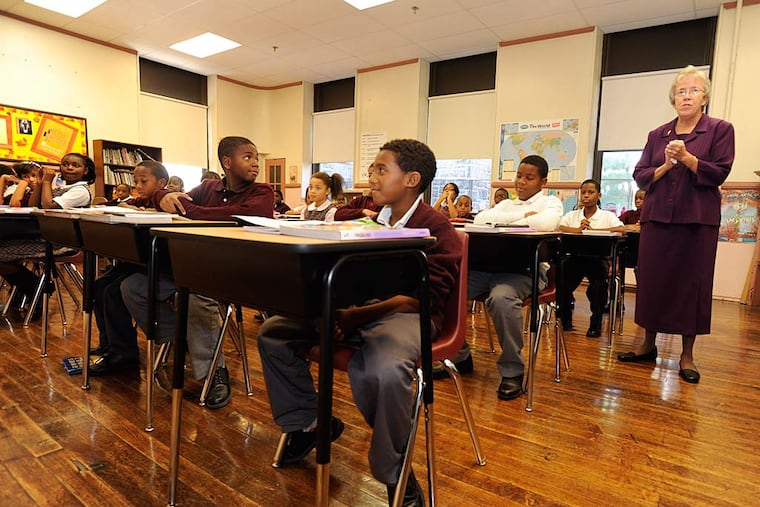3 steps to ensure that Pa.’s private and Catholic school students can go back to class | Opinion
Thousands of Philly Catholic school students face an uncertain future: Private schools elsewhere are permanently shutting down due to economic concerns.

Thousands of Philly Catholic school students face an uncertain future: Private schools elsewhere are permanently shutting down due to economic concerns.
